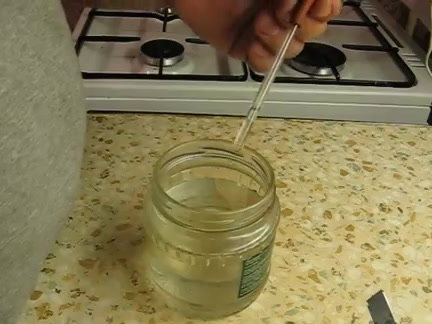
Many masters love to home conditions to conduct some experiments or do some craftsthat require the use of aggressive mixtures. This is necessary for those who like to glue with various solutions, such as chlorotan, chloroform, I use solvents, aggressive substances, sometimes chemically dangerous. For such purposes, an ordinary medical pipette that you can buy at any pharmacy will not work.
Therefore, in our video you can see how to make a good chemical pipette at home.
[media = http: //www.youtube.com/watch? v = hau6f5J5xFQ]
To make the pipette, we need the following:
- laboratory glass tube;
- gas burner;
- chemically resistant rubber keel;
- a small syringe;
- stationery knife;
- diamond file.
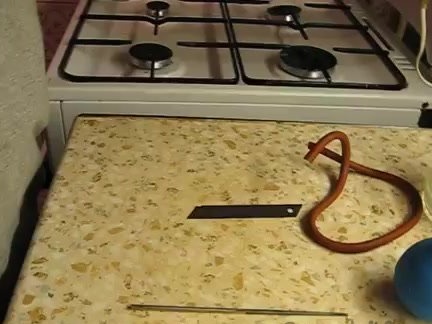
A glass chemical tube can be purchased at pharmacies, veterinary pharmacies, and be thrown out in chemical laboratories for taking blood from a finger.
The tubes have one minus, none of the edges are narrowed, and this is necessary for the full work with the pipette. Therefore, we will narrow it down on our own.
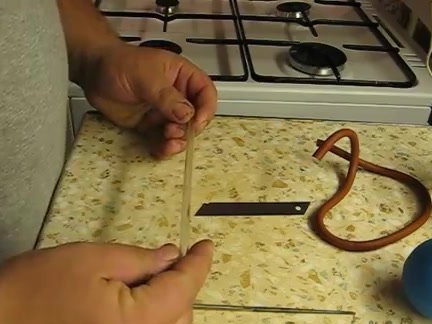
Turn on the gas burner. We heat the chemical tube while holding it at a slight angle and rotate it so that it warms up well below. As it warms up, the hole begins to narrow. Keep on fire until the inner hole is narrowed to 1-2 mm.
Further, there are several options for using this glass tube. The first is to put on a non-tapered end a chemically resistant rubber keel, usually a PVC hose and put on a syringe with a rigid tip at its end.
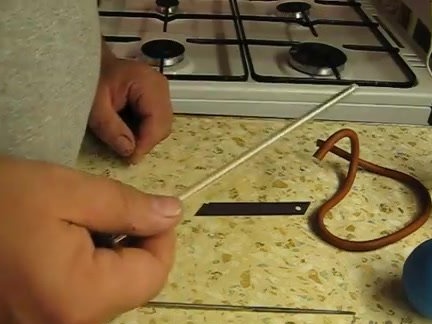
A small hole is cut in the bottom of the syringe with a knife. This is necessary to capture air, and then block the hole with your finger and lightly press the pear, spray the substance contained in the tube to the right place.

The second option is when the glass tube is lowered into the liquid, then the upper tip of the tube is clamped with a finger. And the contents of the tube are transferred to the right place.
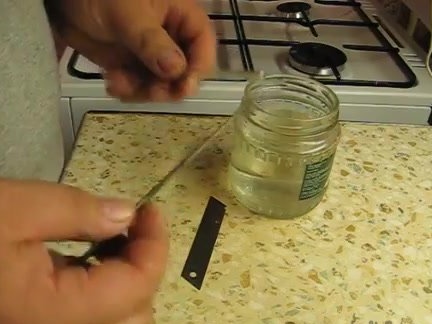
This method has a disadvantage. Because it is difficult for them to dose the amount of substance collected, as well as the amount that must be used in the work.
If you need to shorten the glass tube, then it can be cut with a diamond file. We measure the desired length and begin to file in a circle. When everything is sawn - the tube breaks easily.
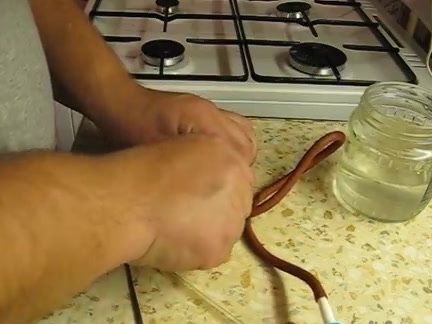
To remove the cutting edge - we process it with the same diamond file. Or with a gas burner.
Another option for making a pipette is to put on a glass tube a chemically stable tube of short length, the second edge of which is muffled with an ordinary screw.
